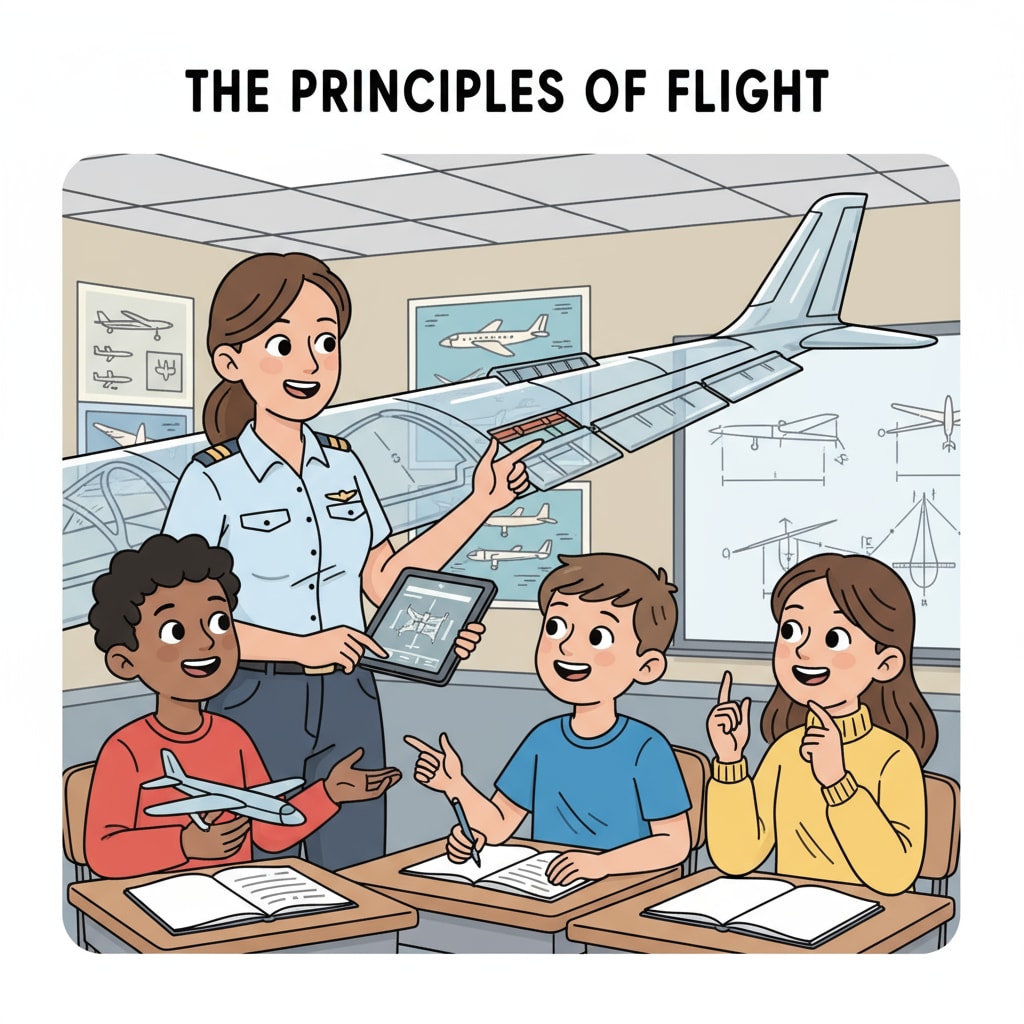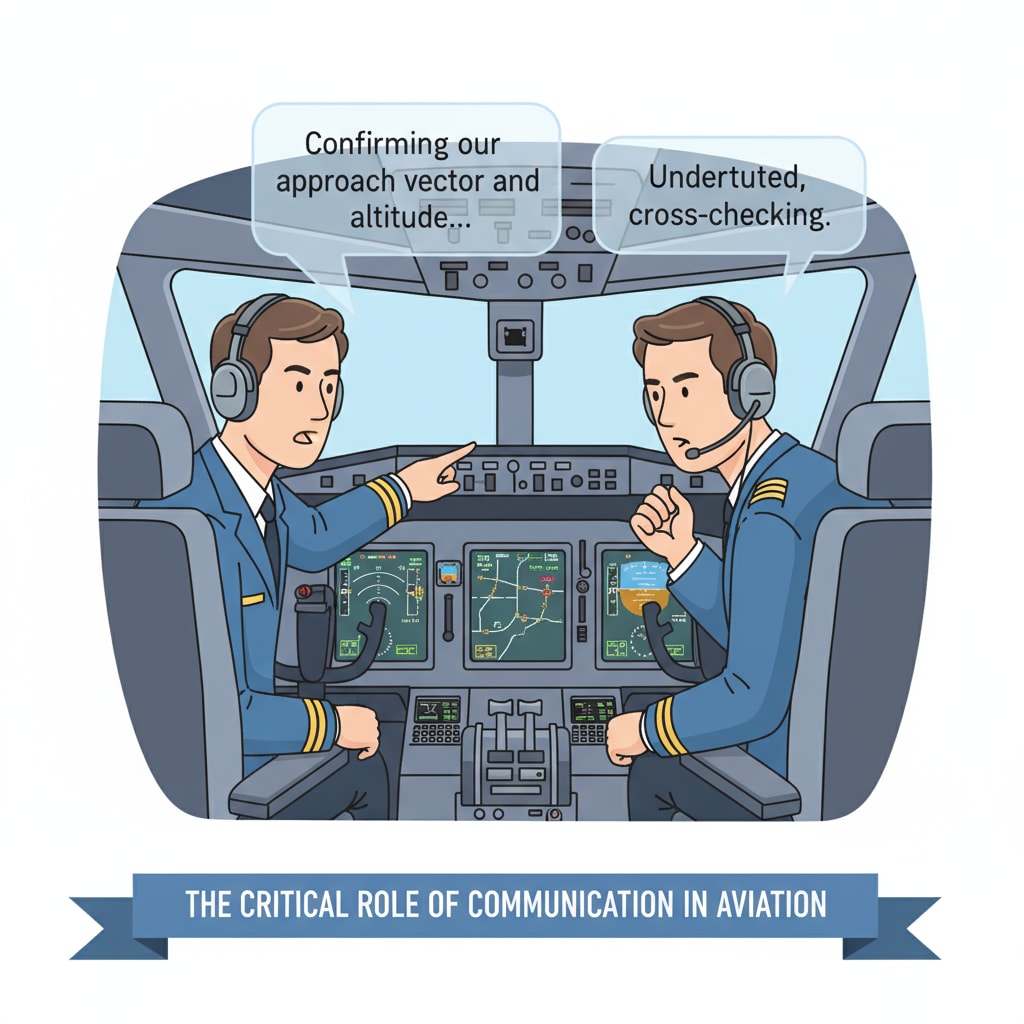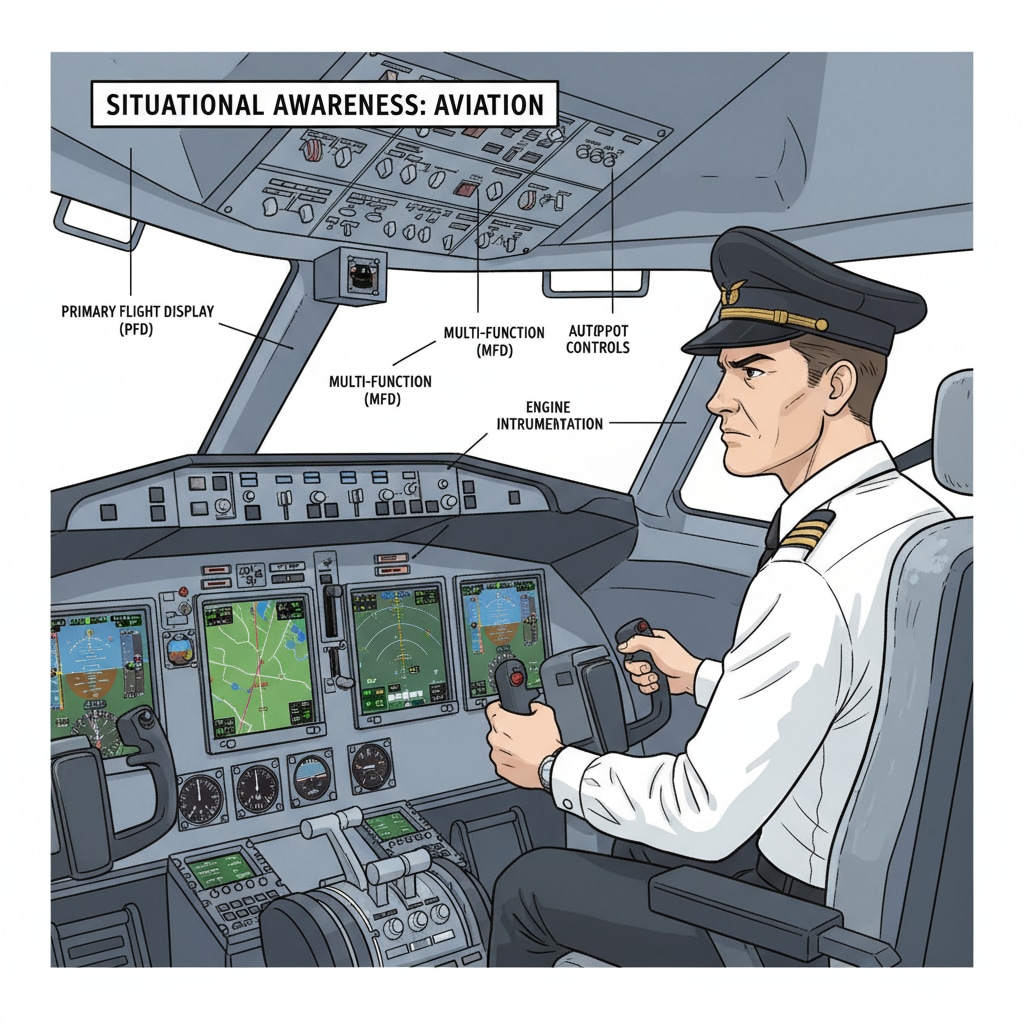Pilot skills, communication ability, decision-making ability, and situational awareness are crucial aspects that every aspiring aviator must master. From the early stages of K12 education, it’s essential to start nurturing these core competencies. For instance, a good foundation in these areas can set the stage for a successful career in aviation.

The Significance of Communication Skills for Future Pilots
Effective communication is the cornerstone of a pilot’s job. Pilots need to communicate clearly with air traffic control, ground crew, and their co-pilots. In K12 education, activities like debate clubs and group projects can help students develop strong verbal and written communication skills. For example, students participating in debates learn to express their thoughts precisely and listen attentively to others. This ability to communicate accurately is vital when a pilot is relaying important flight information. Aviation communication on Wikipedia

Cultivating Decision-Making Abilities in K12
Decision-making is another critical skill for pilots. They often face high-pressure situations where split-second decisions can impact the safety of the flight. In school, students can be exposed to problem-solving activities such as math competitions and science experiments. These experiences teach them to analyze situations, weigh options, and make informed decisions. For instance, in a science experiment, students must decide on the best approach to achieve accurate results. This kind of decision-making practice is invaluable for future pilots. Decision-making on Britannica
As students progress through K12, they should also be encouraged to participate in leadership roles. Leading a school club or organizing an event requires making decisions that affect a group. This hands-on experience helps develop the confidence and judgment needed for making decisions in the complex environment of aviation.
The Role of Technical Literacy in Pilot Training
Technical literacy is a fundamental part of pilot skills. Pilots must understand complex flight instruments, navigation systems, and aircraft mechanics. In K12, science, technology, engineering, and mathematics (STEM) courses play a crucial role. Students should be introduced to basic engineering concepts, computer programming, and physics principles. For example, learning about forces and motion in physics helps students understand how an aircraft takes off, flies, and lands.
Moreover, schools can offer extracurricular activities such as model airplane building. This hands-on activity allows students to apply their technical knowledge and gain a practical understanding of aircraft design and operation. These early experiences with technical subjects lay a solid foundation for the more advanced technical training in aviation.
Enhancing Situational Awareness from an Early Age
Situational awareness is the ability to perceive, understand, and anticipate the situation around you. For pilots, it means being aware of weather conditions, the position of other aircraft, and the status of the aircraft systems. In K12, activities like map reading, outdoor exploration, and even video games that require spatial awareness can help develop this skill. For example, map reading teaches students to understand their surroundings and navigate through different environments.

In conclusion, by focusing on communication skills, decision-making abilities, technical literacy, and situational awareness during K12 education, we can effectively nurture the core competencies required for a career as a pilot. These early investments in skill development will better prepare aspiring aviators for the challenges and opportunities that lie ahead in the exciting world of aviation.
Readability guidance: Using short paragraphs and lists to summarize key points; providing a list under each H2 as much as possible; controlling the proportion of passive voice and long sentences; adding transition words (however/therefore/in addition/for example/as a result, etc.) throughout the text.


